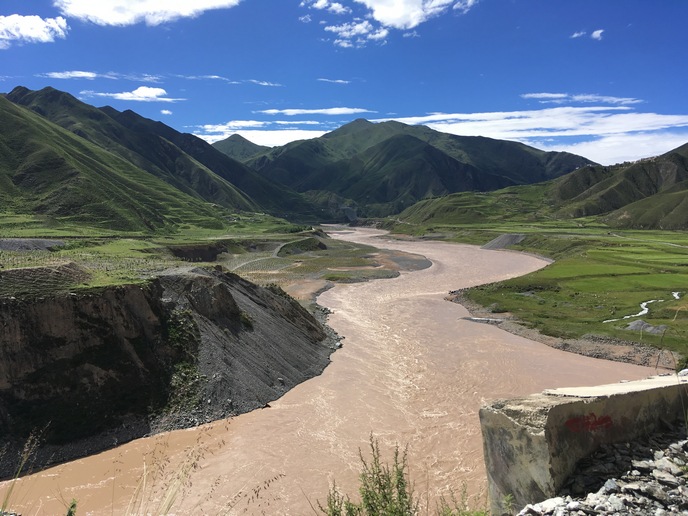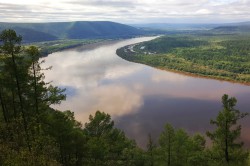Where culture meets conservation: preserving rivers for the future
Population growth, climate change and industrial development put pressure on water resources, necessitating innovative measures. Social sciences, through their ability to explore human-environment relationships, are uniquely positioned to offer insights that can guide sustainable water management and conservation practices.
Investigating socio-ecological dynamics
Undertaken with the support of the Marie Skłodowska-Curie Actions (MSCA) programme, the HYSOTIB project focused on the sociocultural and ecological dynamics of one of the world’s most significant river heritage landscapes: the Three-River-Source National Park located in the heart of the Qinghai Tibetan Plateau in China. This region, encompassing the sources of the Yellow, Yangtze and Mekong rivers, is not only an ecological treasure but also a living repository of cultural and natural heritage. The transformation of the Qinghai headwaters into a National Park in 2021 highlights the crucial role of Tibetan indigenous communities in safeguarding this fragile land water ecosystem. Research on state-led natural conservation efforts in China focuses on the impact of modern Tibetan pastoralist practices on the ecosystem. However, a deeper understanding of their expanding role, both within and beyond environmental conservation frameworks, is essential. HYSOTIB was initially designed as an ethnographic investigation aiming to study the relationships of Tibetan communities along the Yangtze River in the Three-River-Source National Park. Moreover, it sought to compare these dynamics with water landscapes in Western contexts, enriching the global understanding of river heritage.
Geo-historical analysis
The onset of the COVID-19 pandemic in early 2020 posed significant challenges to the project’s fieldwork component. Restrictions on international mobility required the HYSOTIB project to pivot towards a geo-historical analysis. The study adopted a novel methodological framework, leveraging archival research, cartographic materials and preliminary ethnographic data. “We explored historical human and more-than-human mobilities along the Upper Yangtze River,” explains MSCA research fellow Monia Chies. Overall, the project helped decode the dynamics of the Upper Yangtze and its role in regional and cultural interactions. A significant role of the river was unveiled as a frontier in the Sino-Tibetan borderlands up until the 1950s. Additionally, the project resorted to fluvial geomorphological analysis to contextualise these historical dynamics within the broader ecological transformations of the region. During the 3-day ‘Water-Ways Workshop’ at Ca’ Foscari from 25 to 27 September 2024, an interdisciplinary team of 15 researchers explored connections between Venice, renowned as the water-city, and key fluvial regions in Asia, fostering comparative insights into water heritage and infrastructure.
Impact and future directions
By combining methodologies from river geomorphology, cultural anthropology and social history, HYSOTIB managed to bridge the gap between water studies and heritage conservation. It also provided a model for addressing global water challenges through integrative, cross-disciplinary research. HYSOTIB findings on local human-river interactions have the power to inform sustainable management practices and influence policymaking. By acknowledging the Three-River-Source National Park as a cultural heritage river landscape, the project underscored the importance of integrating local ecological knowledge with conservation policies. It also highlighted the potential for cross-cultural exchanges to address global water challenges. According to Chies: “With water issues becoming increasingly urgent, the HYSOTIB project exemplifies the critical role that social sciences can play in promoting sustainability and fostering a deeper appreciation of our shared natural and cultural heritage.” Its interdisciplinary network offers a platform for future collaborations on addressing water challenges across diverse ecological and cultural contexts.
Keywords
HYSOTIB, conservation, cultural heritage, Three-River-Source National Park, China, water management







